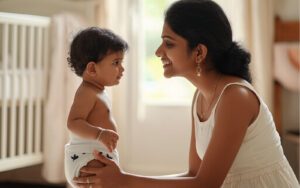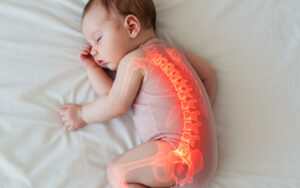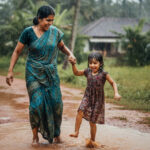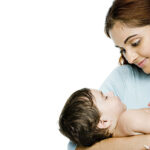Eye swelling in children is a common concern that often alarms parents. Since eyes play a crucial role in a child’s learning and development, any swelling or irritation can be worrisome. In some cases, the swelling is harmless and resolves quickly, but in others, it may indicate a more serious underlying condition.
This article will help you understand the causes, symptoms, and appropriate actions for different types of eye swelling in children.
Understanding Eye Swelling
Eye swelling can vary in severity and presentation:
- Mild swelling – Puffy eyelids but normal eye function.
- Severe swelling – Eyelids are completely or almost shut.
- Unilateral swelling – Affects only one eye.
- Bilateral swelling – Affects both eyes.
Swelling can be caused by local factors (such as irritation or infection) or systemic conditions (like allergies or organ-related issues). Identifying the cause is key to providing the right care.
Common Causes of Eye Swelling
Causes of Swelling in One Eye
- Rubbing the Eye – Young children often touch their eyes with dirty hands, transferring irritants.
- Insect Bite – A mosquito or ant bite near the eye can cause puffiness due to the loose skin in the area.
- Contact Dermatitis – Allergic skin reactions from substances like poison ivy.
- Injury – Trauma near the eye can cause bruising and swelling.
- Sty – A small infection of an eyelash follicle.
- Dacryocystitis – An infection of the tear sac in the inner corner of the eye.
- Ethmoid Sinus Infection (Serious) – Infection behind the eye causing swelling and redness.
- Periorbital Cellulitis (Serious) – A bacterial infection of the eyelid, making it red, swollen, and painful.
Causes of Swelling in Both Eyes
- Allergic Conjunctivitis – Itchy, red eyes caused by allergens like pollen or pet dander.
- Viral Conjunctivitis – Commonly seen with colds, causing red and irritated eyes.
- Bacterial Conjunctivitis – Yellow pus discharge that may glue the eyelids shut.
- Edema (Serious) – Fluid retention in body tissues, often linked to kidney, heart, or liver failure.
- Anaphylaxis (Very Serious) – A severe allergic reaction causing difficulty breathing, swelling, and hives.
How to Identify the Cause of Eye Swelling
- Swelling in one eye is often caused by insect bites or irritants. Mosquito bites in young children (1–5 years) can lead to significant puffiness.
- Multiple insect bites on the body suggest the swelling is due to a bite.
- Swelling in both eyes is usually from airborne allergens like pollen.
- Facial swelling is often due to allergic reactions from food or medication.
- Severe allergic reactions to eye drops can cause significant swelling.
- Itchy swollen eyelids suggest allergies (pollen, insect bites, or irritants).
- Painful swollen eyelids are more likely due to bacterial or viral infections.
- Fungal infections around the eyelashes or eyebrows can cause scaly, itchy rashes.
When to Call a Doctor
Seek medical attention if your child has:
✔️ Severe swelling in both eyes (eyelids shut or nearly shut)
✔️ Severe swelling in one eye (with or without fever)
✔️ Red, swollen eyelids with fever
✔️ Loss of vision or double vision
✔️ Yellow eye discharge with fever
✔️ Painful or very tender eyelids
✔️ Swollen ankles or feet (could indicate systemic issues)
✔️ Sinus pain or pressure near the eyes
✔️ Chronic or unexplained eyelid swelling
Home Remedies for Mild Eye Swelling
If your child does not have any serious symptoms, try these safe at-home treatments:
✅ Identify the cause – Check for insect bites, allergens, or irritants.
✅ Rinse the eye – If contamination is suspected, use lukewarm clean water.
✅ Clean the eyelid area – Wash with mild soap and water.
✅ Avoid rubbing the eyes – This can worsen irritation and swelling. Covering the eye with a soft eye pad can help.
✅ Do NOT use chemicals or alcohol – Avoid eye drops or medications unless prescribed by a doctor.
Final Thoughts
Eye swelling in children can often be mild and manageable, but in some cases, it signals a more serious issue. Identifying the cause early and taking the right steps—whether it’s home care or seeking medical help—ensures your child’s eye health remains protected.
If you notice severe swelling, pain, vision problems, or other alarming symptoms, do not hesitate to consult a doctor. A timely response can prevent complications and keep your child’s vision safe.
👉 Has your child experienced eye swelling before? What helped them recover? Share your thoughts in the comments below!










